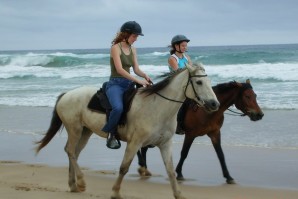
20 Feb
Elephant Riding / Horse Riding
Visitors can go for elephant rides at the Hlawgar Zoological Park in Yangon. Horseback riding can also be done near the horse race track in Kyaikasan,Yangon as well as near Inle Lake and near Taunggyi.
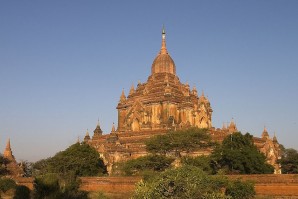
20 Feb
Htilominlo temple
Htilomilo temple, which was built by King Nantaungmya in 1218, is a large temple located near to the road between Nyaung U and Bagan, about 1.5 km northeast of Bagan.The King built this temple to commemorate the place he was chosen as crown prince. This temple is 46 meters high and has three levels. Built with red brick, and similar in design to some other Myanmar temples, the Htilomilo has four Buddha images on the lower and upper floors that face each direction. he temple was damaged in the 1975 by an earthquake and then it has been repaired.
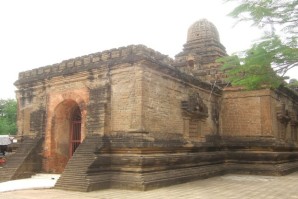
20 Feb
Nanpaya Temple
Nanpaya is a Hindu temple located in a village of the southern part of Bagan. Standing near the Manuha Temple, Nanpaya Temple is also one of the famous temples in Bagan. Considered as an 11th century temple, Nanpaya Temple is actually built from bricks and sandstones. Outside the temple, you can see many window and wall carvings. At the centre of the temple, there is a sanctuary with four stone pillars with sandstone bas-relief of orge head. According to the Myanmar legend, the face of the orge represents the guardian and eats flowers instead of meat.
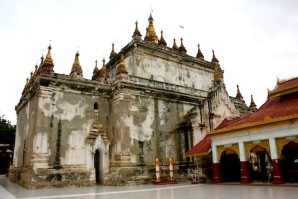
20 Feb
Manuha temple
Manuha Temple is a Buddhist temple which built in 1067 by the Mon’s King Manuha. It is one of the oldest temples in Myanmar which located on the right side of the main road going south from Bagan. There is a building which contains three images of seated Buddha and an image of Buddha entering Nirvana. The largest seated Buddha image is 46 feet high, with the right hand touching the earth. Two smaller Buddha images, each one is 33 feet high, flank this large image on each side.
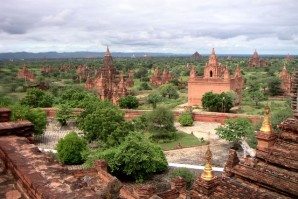
20 Feb
Bagan (Mandalay district)
Sights, an impossible collection of thousands of temples and monuments scattered over a vast plain. The buildings range in condition from ruined to resplendent, although many retain the power and majesty their devout designers intended. Most of the structures were built between the 10th and 12th centuries when Bagan was the capital of the First Burmese Empire.













